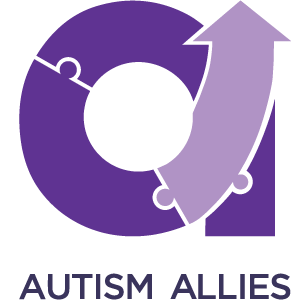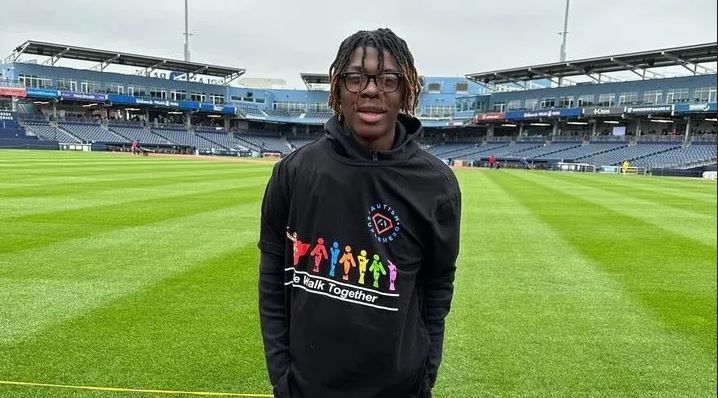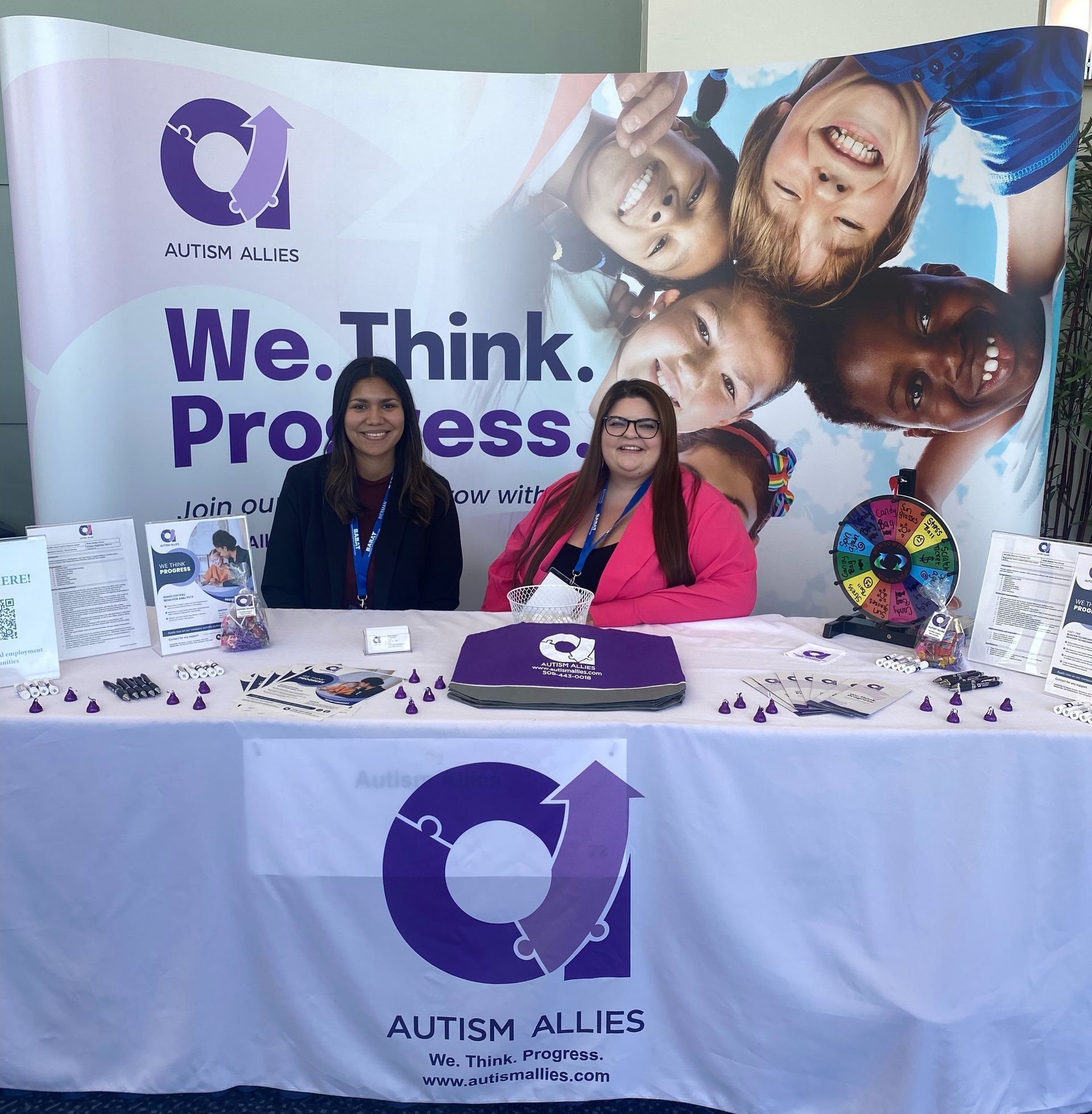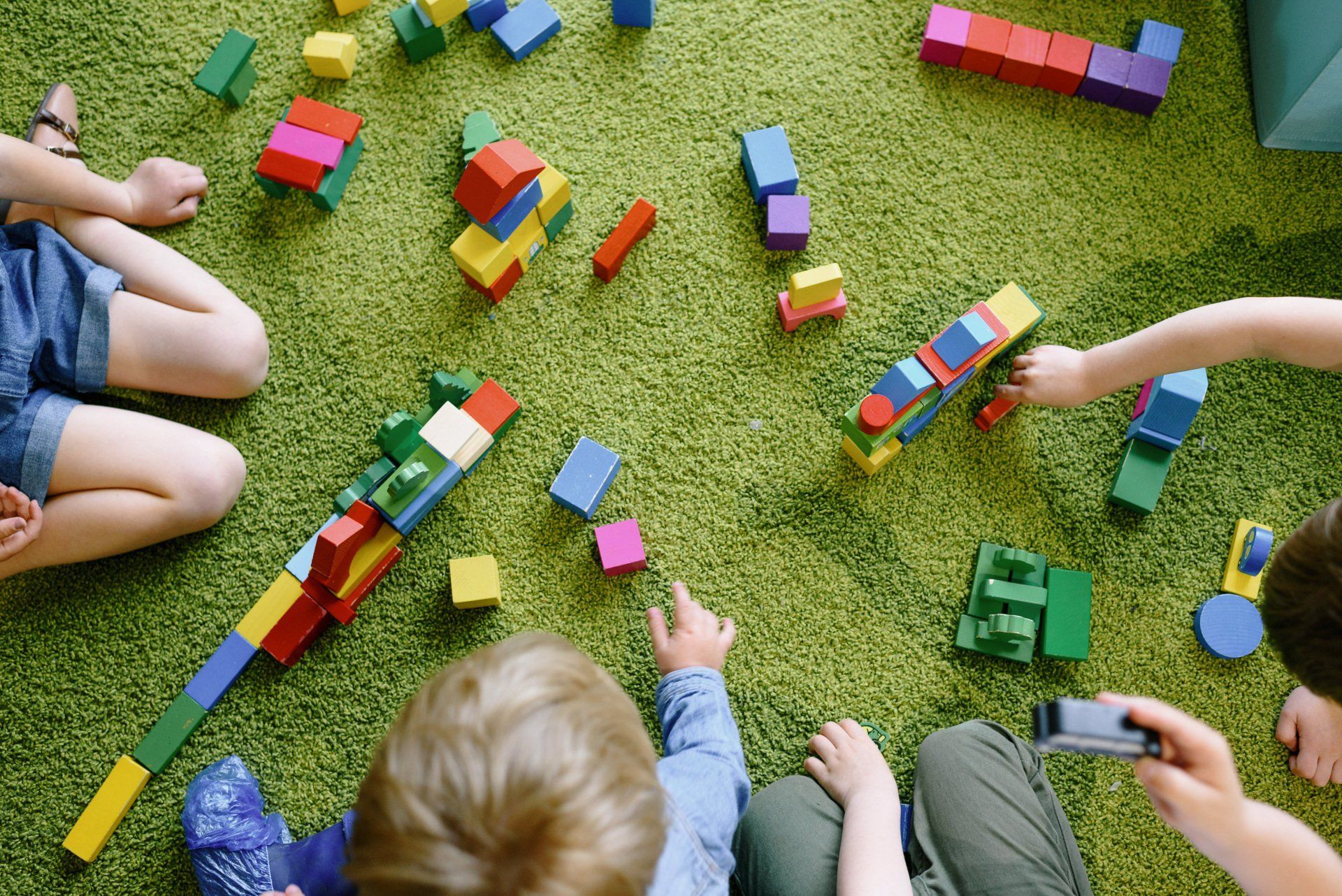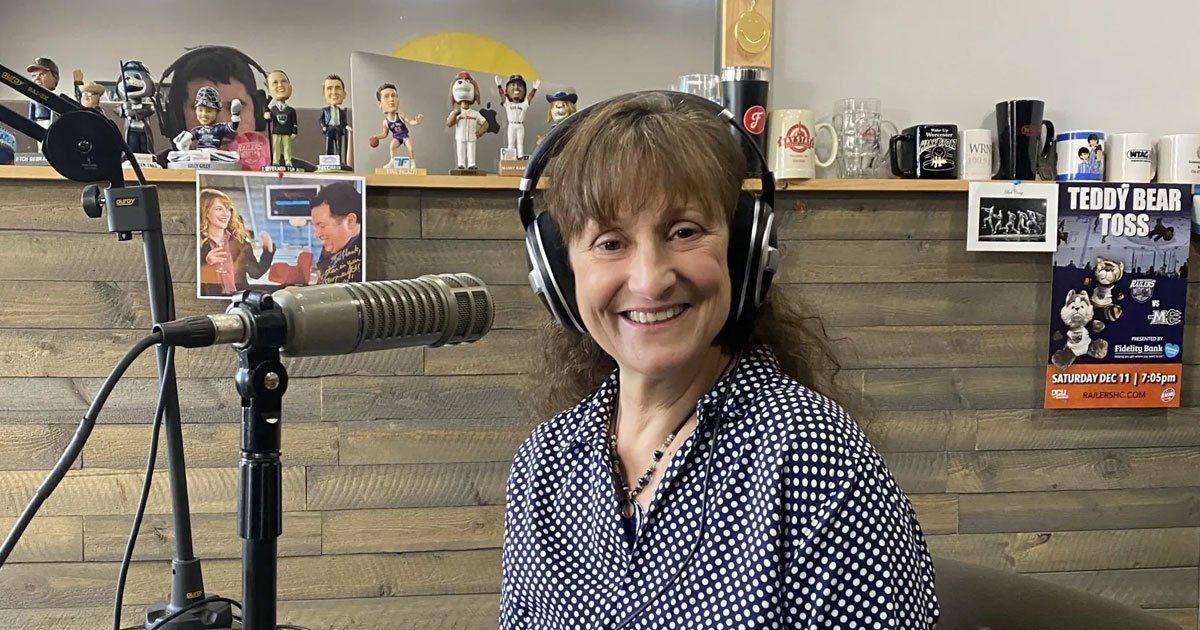ABA Methods
ABA Therapy is used to help those with autism improve their quality of life. As a therapy, ABA has been around for many years, but what is it exactly and how can it be used most effectively?
What is ABA Therapy
ABA, which stands for Applied Behavioral Analysis, is the application of therapeutic methods based on the science of human behavior which focuses on improving skills and behaviors in those with a diagnosis of Autism Spectrum Disorder (ASD). ABA targets a wide variety of skills, ranging from the specific (e.g., reading, hygiene, household tasks, and fine motor dexterity) to the general (e.g., communication, social skills, and self-care skills). During ABA sessions, the process of positive reinforcement is used to build positive, functional behaviors, whereas other methods are used to decrease learned maladaptive behaviors. ABA’s aim is to improve one’s personal, academic, and even professional life. Although ABA is perceived by many as only to be used with younger learners, individuals across the lifespan can benefit from the integration of ABA into their overall healthcare plan ABA is used in a wide variety of settings, including schools, clinics, and private homes.
ABA in Practice
When an individual is referred for ABA services, the first step is to determine their unique learning needs. The process by which this is completed is called an “Individual Skills Assessment,” “Adaptive Skills Assessment”, or may have other labels. Individual Skills Assessments contain a minimum of 1 broad profile of a learner’s unique learning needs, which is important because not everyone requires help with the same skills. If there are problem behaviors, the results of a Functional Behavior Assessment (a subpart of an Individual Skills Assessment) would be used to design a Behavior Support Plan to teach the learner more functional behaviors as replacements for problem behaviors. Teaching objectives require ongoing monitoring modification during the course of treatment to start narrowing the performance skill gap between them and their same-age peers. Monitoring and modification of treatment plans is conducted by Board Certified Behavior Analysts (BCBAs) and behavior technicians (BTs) who often implement the programs and collect ongoing data on client performance.
One of the main strategies ABA providers use is called “positive reinforcement”, or the process of delivering positive consequences after a learner demonstrates a required skill so it occurs more in the future. These positive consequences include, but are not limited to, praise, extra play time, or anything else the individual deems valuable or pleasurable. Problem behaviors in need of reduction—screaming, yelling, self-harming, physical aggression toward others—are addressed through a variety of procedures contained within their unique Behavior Support Plan. These procedures include proactive measures to prevent problem behavior, systems to build replacements for problem behavior (e.g., communication), and instructions on how to respond to problem behaviors to decrease the likelihood of their occurrence in the future.
A class of behaviors which many individuals with Autism Spectrum Disorder demonstrate involve behaviors which are repetitive and ritualistic in nature. These behaviors are sometimes referred to as “self-stimulatory” behaviors and individuals with ASD may perform them to provide themselves with a pleasurable sensation within their bodies. The process by which self-stimulatory behaviors are addressed varies from person to person because these behaviors impact individuals’ lives in different and unique ways. Sometimes these behaviors can occur for hours on end, cause tissue damage (e.g., if the individual is repeatedly picking the same area of skin), and disrupt efforts to teach safety awareness. Based on the severity and intensity of self-stimulatory behaviors, they may be largely left alone or may be addressed through a variety of interventions in a Behavior Support Plan. If stimming is used by the individual to self-calm during times of stress, these behaviors may be incorporated into the individual’s treatment plan as planned “sensory breaks” to allow the individual to satisfy this need for themselves.
Social Skills Training
One critical component of ABA therapy is social skills training, which targets harder-to-teach but critical areas for those on the spectrum. Those with autism spectrum disorder often have difficulty reading and reacting to social situations. Something perceived as simple by others - like greeting another person - could be an area of great stress and difficulty for an individual on the spectrum. In order to help those with ASD gain understanding about societal norms and practices, therapists use a number of strategies.
One such strategy is a social script (e.g., Krantz & McClannahan, 1993), which is written as a set of behaviors that cue an individual to engage in particular social skills, such as greeting someone or asking another person to share a item or information. Another approach for teaching social skills involves the “Teaching Interaction Procedure” (Leaf et al., 2012) which involves the instructor providing a verbal description of the skill, modeling it, explaining why it’s important, role-playing it with the learner, and then giving feedback to the learner on how they did during role-play. Skills which can be shaped with the Teaching Interaction Procedure include, but may not be limited to, showing appreciation, losing graciously, and staying on-topic with a conversation (Leaf et al., 2012).
Peer-Mediated Social Skills Training
Another facet of social skills training is peer-mediated training, which allows the therapist to step back and allow peers to teach one another. This can be accomplished either through modeling, or tutoring. In peer modeling, one person acts out a correct social behavior and the learner imitates it. Peer tutoring, by contrast, is when one individual presents a direction or asks a question and then learner would respond appropriately. This is then followed by the first person evaluating the second person’s performance.
Picture Exchange Communication System (PECS)
PECS is a strategy utilized in functional communication training that helps those who are unable to communicate verbally. The first step in PECs is to teach the learner to give someone a picture card for the “thing” they want and then they will receive what they want. The “thing” they want could be a food item, toy, activity, a type of attention, or whatever they want in that particular moment. Next, the learner is taught to approach an adult and to “ask for” the item by giving the picture card in order to obtain what they want. They are then given multiple pictures in order to learn how to distinguish what they might need in that moment. After, they’re asked to combine the cards with phrases like “I want,” and then eventually advance to more complex sentences.
Natural Environment Teaching
This ABA method is used to reinforce skills and behaviors by teaching the skill during the natural progression of an activity or task, such as labeling the color of the markers the student is using to draw while the student is actively drawing a picture. This allows students to learn skills in settings in which they would naturally be expected to be demonstrated.
Pivotal Response Treatment
Pivotal Response Treatment (PRT) is a method of ABA which focuses on very particular or key “pivotal'' response areas instead of specific behaviors, which in turn helps to encourage progress in other areas. There are four main facets of PRT, or areas that it seeks to affect: motivation, initiation, self-regulation, and attending to multiple cues. Motivation uses the individual’s interests to help them build skills in a way that excites them; initiation seeks to encourage the individual to initiate social interactions; self-regulation helps clients to distinguish appropriate from inappropriate behaviors; lastly, the overall aim of PRT is to help the individual become more responsive to “multiple cues” in the environment instead of focusing on few particular details.
Discrete Trial Training
This ABA technique involves breaking down subjects or skills into small pieces, which are then taught one at a time. Continuing with the example of learning colors, one might use discrete trial training by teaching one color at a time, reinforcing each color before combining them together. This more structured approach to learning skills breaks a subject down into more manageable, “bite-size”” pieces.
Observation
A vital part of ABA therapy is observation. This allows the behavior technician to understand problem areas and possible triggers in order to personalize a plan that will work most effectively for their clients. There are three kinds of observations which can be used:
Controlled
For controlled observation, the individual is viewed within in a regulated environment such as a classroom or clinic. This allows the therapist to introduce or remove stimuli that may contribute to behavior.
Naturalistic
This type of observation is when the therapist observes the individual in a purely natural and unregulated setting, such as in their home, grocery store, or community center. This allows the therapist to gain a wider perspective of what might be happening behaviorally in the “real world” outside of the classroom or clinic.
Participant
Participant observation is similar to controlled in that it takes place in a regulated environment like a classroom or clinic, except this version allows the therapist to interact with the individual instead of simply observing them.
Modeling
This technique involves an instructor visually demonstrating the targeted skill to be taught, such as making a bed, socially responding to peers, or raising hands to request permission in a classroom. Additionally, if the therapist is trying to teach someone how to properly greet another person, they may demonstrate the skill themselves or may show a video in which the greeting takes place. Individuals learn by watching and then repeating the skill for themselves.
How Methods are Chosen
As described above, ABA therapy is multifaceted and utilizes many methods in various settings to provide the best and most effective approach to improve the lives of those with ASD.
With all the various techniques, one might ask, “How do you choose which one to use?” While this is a good question, there’s no simple answer. ABA providers can meet with you and your loved one to discuss which combination of methods will be most appropriate for their need.
It is important to keep in mind that an individual’s needs may change over time. A great thing about ABA is that it is very adaptable and able to accommodate an individual’s specific needs for every season and stage of their development. It is not a one-size-fits-all approach, but it can become as unique as the individual it seeks to serve.
References:
Krantz, P. J. & McClannahan, L. E. (1993). Teaching children with autism to initiate to peers: Effects of a script-fading procedure. Journal of Applied Behavior Analysis, 26, 121-132.
Leaf, J. B., Oppenheim-Leaf, M. L., Call, N. A., Sheldon, J. B., Sherman, J. A., Taubman, M., MaEachin, J., Dayharsh, J., & Leaf, R. (2012).
Comparing the teaching interaction procedure to social stories for people with autism.
Journal of Applied Behavior Analysis, 45, 281-298.
